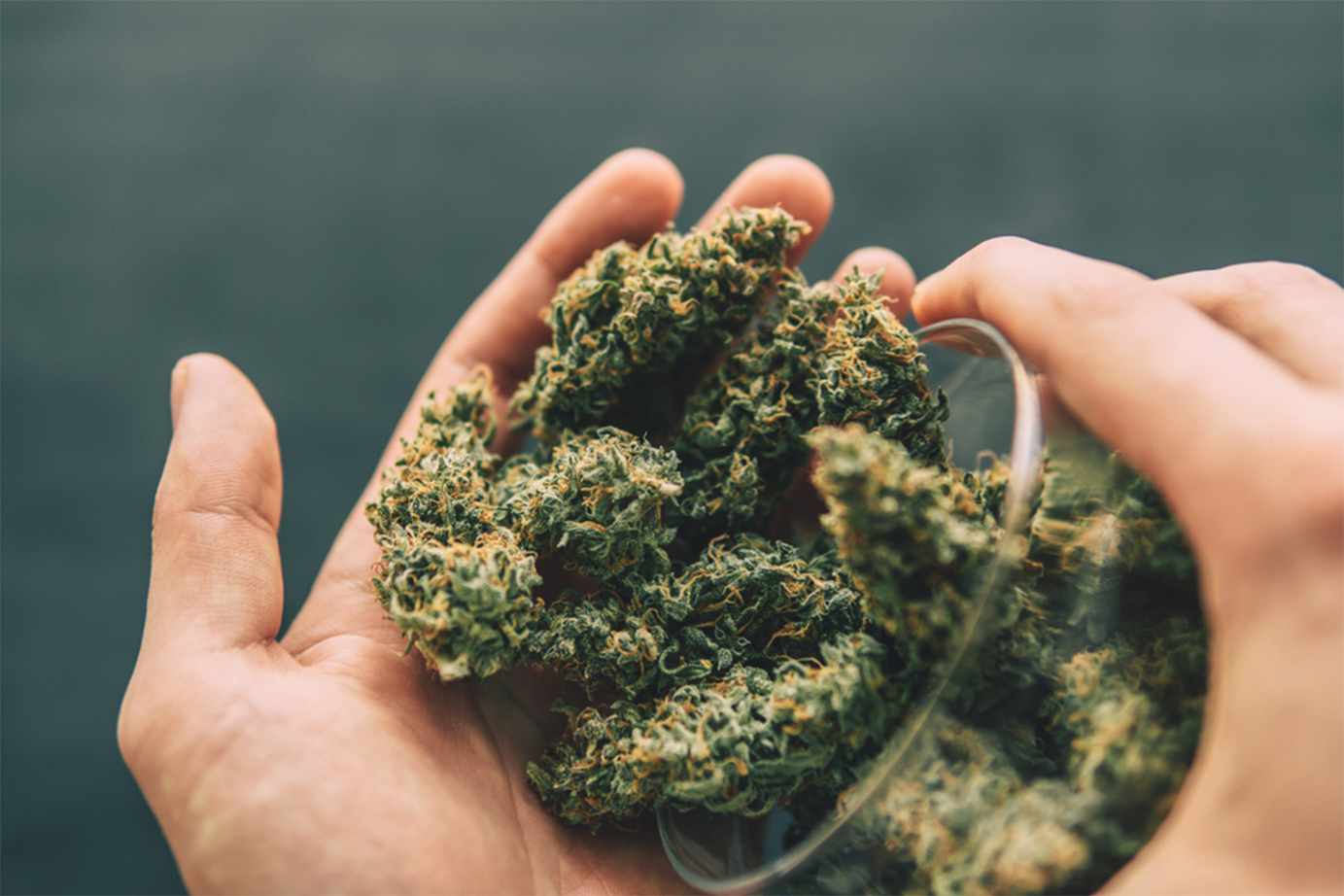Scientists are regularly learning more about cannabidiol (CBD) and how it interacts with receptors throughout the body to elicit balancing and healing effects. Studies suggest that CBD may be able to minimize and even eliminate seizure activity, reduce anxiety and depression, manage pain, fight some cancers, and provide anti-inflammatory and neuroprotective effects that could potentially be beneficial for conditions like Alzheimer’s disease and arthritis. For CBD to influence our systems, the natural non-psychoactive compound first needs to be absorbed.
When we talk about the absorption of CBD, we’re referring to its transfer from the site of administration to the bloodstream, where it can then be transported throughout the body to interact with or influence cannabinoid receptors CB1 and CB2, and non-cannabinoid receptors like serotonin receptor 5-HT1A and vanilloid receptor TRPV-1.
How CBD is absorbed depends on the route of administration, or how it’s consumed. Whether CBD oil is ingested, situated under the tongue, inhaled, or applied topically plays an essential role in the uptake, distribution, and elimination of the compound. It can, therefore, influence how effective cannabinoid treatments will be at eliciting their natural balancing effects.
Absorption After Ingestion and Sublingual Methods
The most common route of CBD oil administration is orally, or through the mouth. When CBD is ingested, it is absorbed by the digestive system. From the stomach, the compounds enter the hepatic portal system, where they are carried through the portal vein into the liver. The liver then metabolizes the CBD molecules, in what’s referred to as the “first-pass effect.” CYP450 mixed-function oxidases enzymes in the liver act upon CBD, reducing the concentration of the compounds before passing on what remains to the bloodstream.
Ingestion, while considered by most to be the easiest administration method, isn’t the most efficient for absorbing high levels of CBD. Studies have found, however, that consuming CBD oil with fatty acids can help bypass first-pass metabolism and increase how much CBD is absorbed through ingestion.
If CBD oil is held under the tongue for 60 to 90 seconds before being swallowed, the mucus membranes in the mouth can absorb the compounds. This sublingual method allows CBD to bypass the digestive system and liver metabolism altogether, so the compounds can avoid being broken down by enzymes and reach the bloodstream more quickly.
Absorption After Inhalation
When CBD oil is inhaled, such as through vaporization, the compounds are absorbed through the alveoli in the lungs, which offer a large absorptive surface area. Once through the alveoli, the CBD molecules are immediately transferred into the bloodstream. Compared to ingestion, the inhalation method allows more CBD to be absorbed and offers faster absorption.
Absorption After Topical Application
When CBD oil is applied topically, or directly to the skin, it never reaches the bloodstream but can be absorbed through the skin’s surface to interact with nearby cannabinoid receptors.
Human skin, in general, has low permeability, which means it blocks most substances from entering. It has an unusually low absorption rate for cannabinoids, so the application of CBD balms, salves, and lotions need to be heavy enough to overcome this barrier. However, when applied liberally, CBD is permeable to the skin through its pores.
Now that you know that the way that CBD is absorbed varies depends on the administration method, you may decide that one approach is ideally better than another depending on your needs. However, selecting the manner with which you feel most comfortable is essential as you’ll more likely be able to be consistent with your servings.
You can learn even more about CBD administration methods and the types of CBD products available on our education page.
BY echoconnection.org


 Free Shipping & Handling on all orders over $74 within the U.S.
Free Shipping & Handling on all orders over $74 within the U.S.